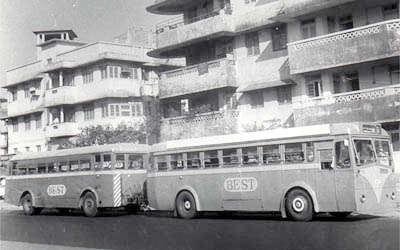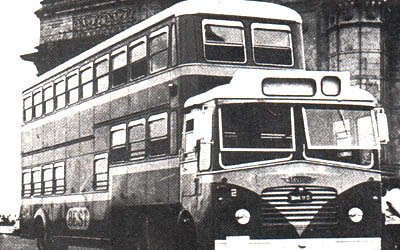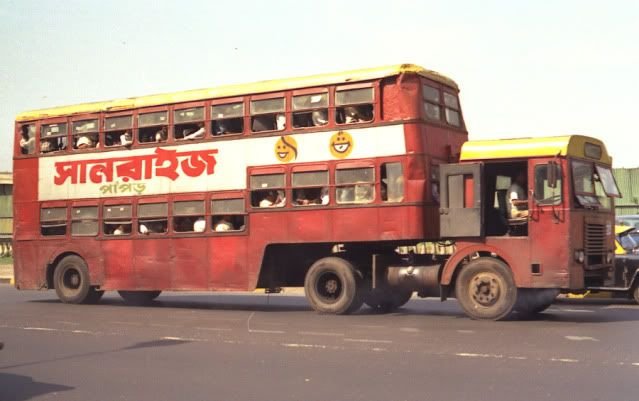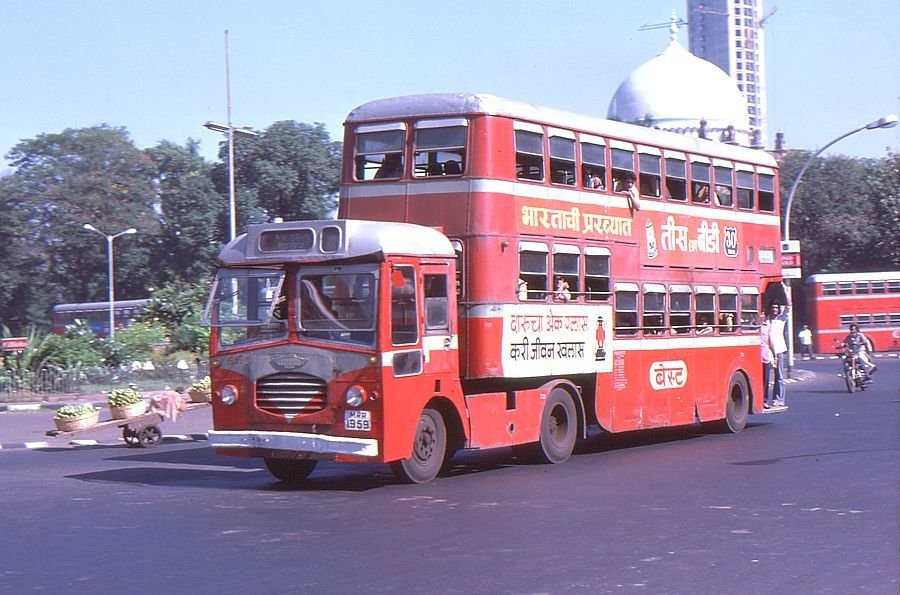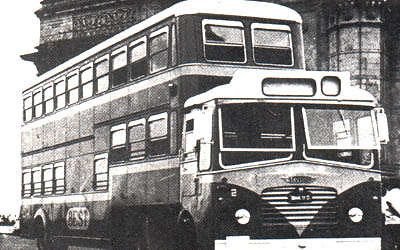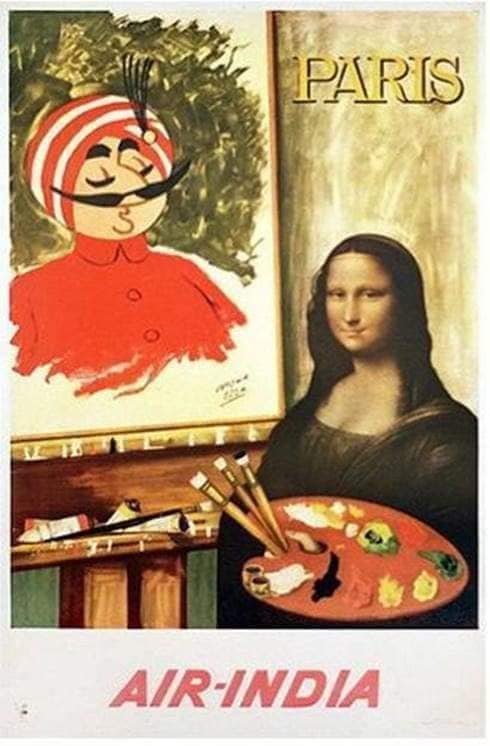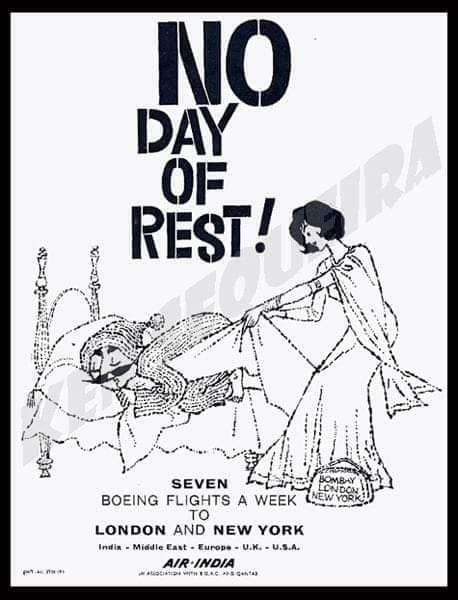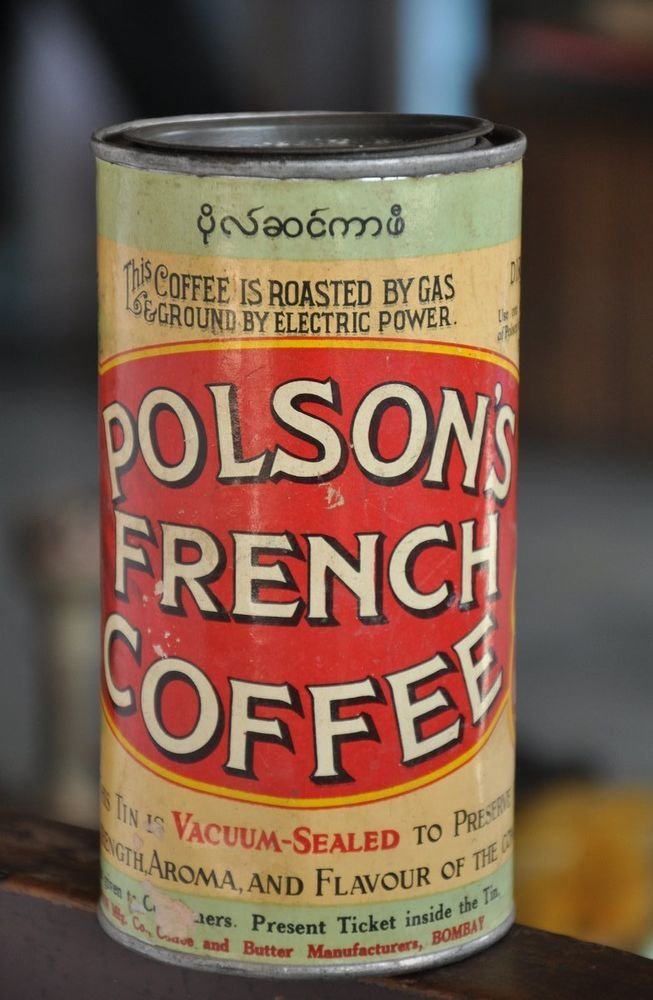The Brihanmumbai Electricity Supply and Transport (BEST) is a civic transport and electricity provider public body based in Mumbai, Maharashtra, India. It was originally set up in 1873 as a tramway company called “Bombay Tramway Company Limited”. The company set up a captive thermal power station at the Wadi bunder in November 1905 to generate electricity for its trams and positioned it to also supply electricity to the city and re-branded itself to “Bombay Electric Supply & Tramways (BEST)” Company. In 1926, BEST also became an operator of motor buses. In 1947, the BEST became an undertaking of the Municipal Corporation and rebranded itself to “Bombay Electric Supply & Transport (BEST)”. In 1995 the organisation was renamed to “Brihanmumbai Electric Supply & Transport (BEST)” alongside Mumbai . It now operates as an autonomous body under the Municipal Corporation.
BEST operates one of India’s largest fleets of buses. The bus transport service covers the entire city and also extends its operations outside city limits into neighbouring urban areas. In addition to buses, it also operates a ferry service in the northern reaches of the city. The electricity division of the organisation is also one of the few electricity departments in India to garner an annual gross profit.
History:
1865–1873: Early proposals
The idea of a mass public transport system for Bombay was first put forward in 1865 by an American company, which applied for a licence to operate a horse-drawn tramway system. Although a licence was granted, the project was never realized due to the prevailing economic depression in the city due to the end of the American Civil War, during which Bombay had made vast strides in its economy by supplying cotton and textiles to the world market,. On 27 November 1871, a notice in the Times of India newspaper found to be too expensive and the tender was promptly abandoned.
1873–1905: Bombay Tramway Company Limited, introduction of horse-drawn trams:
The “Bombay Tramway Company Limited” was formally set up in 1873. After a contract was entered into between the Bombay Tramway Company, the municipality and Stearns and Kitteredge company, the Bombay Presidency enacted “The Bombay Tramways Act, 1874”, under which the company was licensed to run a horsecar tramway service in the city.[1] On 9 May 1874, the first horse-drawn tram made its début in the city, plying on the Colaba–Pydhone via Crawford Market, and Bori Bunder to Pydhonie via Kalbadevi routes. The initial fare was three annas (15 paise) , and no tickets were issued. As the service became increasingly popular, the fare was reduced to two annas (10 paise). Later that year, tickets were issued for the first time to curb increasing ticketless travel.[2] Stearns and Kitteredge reportedly had a stable of 900 horses when tram service began.
In 1882 the municipality entered into an agreement with the Eastern Electric Light and Power Company to provide electric lighting in the Crawford Market and on some of the roads. But the company went into liquidation the following year and the market reverted to gas lighting. In 1899, Bombay Tramway Company applied to the municipality, for operation of electrically operated trams. Due to the high investment required, the company suggested that the Bombay Municipal Corporation (BMC) should waive its right to take over the tramways, which was to take place in 1901 according to the Bombay Tramways Act. Instead, the BMC decided to take over the company, but was met with several legal problems. In 1904 the British Electric Traction Company (England) applied for a license to supply electricity to the city. The “Brush Electrical Engineering Company” was its agent. It got “The Bombay Electric License” on 31 July 1905 signed by Bombay Tramways Company, the Bombay Municipality and its agent, the Brush Electrical Company.
1905–1947: Bombay Electric Supply & Tramway Company Limited, introduction of electric trams and buses
City’s first electric tram in 1907
Gas lamps of the early 20th century:
In 1905, “Bombay Electric Supply & Tramway Company Limited” (B.E.S.T.) was formed. The B.E.S.T. Company was granted the monopoly for electric supply and the running of an electric tram service in the city. It bought the assets of the Bombay Tramway Company for Rs.9,850,000.[3] Two years later in 1907, the first electric tram debuted in the city. Later that year, a 4,300 kilowatts (5,800 hp) steam power generator was commissioned at Wari Bunder. In 1916, the Tata Power group began purchasing power and by 1925, all power generation was outsourced from Tata.[4] The passing years aggravated the problem of rush-hour traffic and to ease the situation, double-decker trams were introduced in September 1920.
The city’s first bus in 1926:
Since 1913, the company had been pondering over starting a motorised bus service. The main factor against its introduction was the high accident rate for a similar service in London. After years of debate, the company came to a decision on 10 February 1926, to start a bus service later that year. Bombay saw its first bus run on 15 July 1926 between Afghan Church and Crawford Market. The people of Bombay received the bus with enthusiasm, but it took some time before this means of conveyance really established itself. Despite stiff opposition and protests by taxi drivers, the service ran without a hitch, transporting 600,000 passengers by the end of that year. The following year the number had increased to 3.8 million. For several years, it was looked upon as transport for the upper-middle class. Those were the days when the tram was the poor man’s transport; it carried one all the way from the Sassoon Docks to Dadar. The bus fare for the same journey was 25 paise. In response to the pleas made by the Government and the Bombay Municipal Corporation, the company extended its services to the northern part of the city in 1934. The Indian independence movement’s call for mass non-violent strikes and general civil disobedience led to regular service disruptions, leading to the company incurring huge losses in 1929. The next year was a particular bad year for the company in the wake of the Great Depression. To remain solvent, the company decided to introduce discounted fares for short routes, and increase its coverage to the northern portions of the city. In 1937, the introduction of double-decker buses proved to be extremely popular.
City’s first double-decker tram in 1920:
1947–1995: Bombay Electric Supply & Transport, further expansion
Pursuant to the option given to it under the deed of concession granted to the Bombay Electric Supply and Tramways Co. Ltd, the BMC acquired the assets of the combined undertaking, namely the operation of tramways and distribution of electricity in the city of Bombay as a going concern on 7 August 1947. By mutual agreement, the corporation also took over the operation of the bus services, which was run by the Bombay Electric Supply & Transport Company. Thus, “Bombay Electric Supply & Tramways Company” was renamed “Bombay Electric Supply & Transport”.[5][6]
As the company grew, it increased its fleet from 242 to 582 buses over the next decade. In 1949, it took over the Bandra Bus Company, which used to ply buses in the suburbs.[7] In 1951, the electricity division switched over from direct current (DC) to the more efficient alternating current (AC). The company launched its services in the eastern suburbs in 1955. That year, the Undertaking and private operators went to court with BEST asking for a complete closure of the private companies. The case dragged on for four years before the Supreme Court of India granted the organisation a complete monopoly over bus services in the Greater Bombay area. In 1964, due to high operational costs and poor public support, its long-running tram services were terminated.[8] The company became the first company in the country to issue computerised billing in 1974. In 1994, the company introduced electronic meters in a move to replace the less accurate electric meters.
1995–present: Brihanmumbai Electric Supply & Transport, recent developments:
With the renaming of the city from Bombay to Mumbai in 1995, the organization was renamed to “Brihanmumbai Electric Supply & Transport (BEST)”. Following a Supreme Court directive, the company gradually phased out old buses and introduced new buses which complied with the Euro III pollution control standards.[9] On 19 November 2004, route SPL-8 travelling from Churchgate to the World Trade Centre had started accepting cashless smart cards for automatic fare collection in BEST buses. BEST currently has over 3000 buses in its fleet and plans to increase the number of buses.
After the 9/11 bombings, BEST had installed an audio-visual surveillance system (CCTV) on each of its buses to monitor suspicious behavior on-board its vehicles but it is no longer done. Almost all buses had two LCD TVs per bus which showed BEST TV but it was discontinued. BEST had introduced A/C Cerita services on certain routes but due to high maintenance it got discontinued.
The A/C bus “AS-4” from Oshiwara Depot to Backbay Depot was the route with the highest revenue for BEST.
A new era for BEST began in 2019 when it revised its fare and increased bus fleet by inducting non-AC and AC buses on wet lease. Passenger numbers which were all time low started to increase and in 2020 it achieved its passenger numbers which it had in 2012. Since 2019, BEST revenue has also improved, however it is still not in profit.
